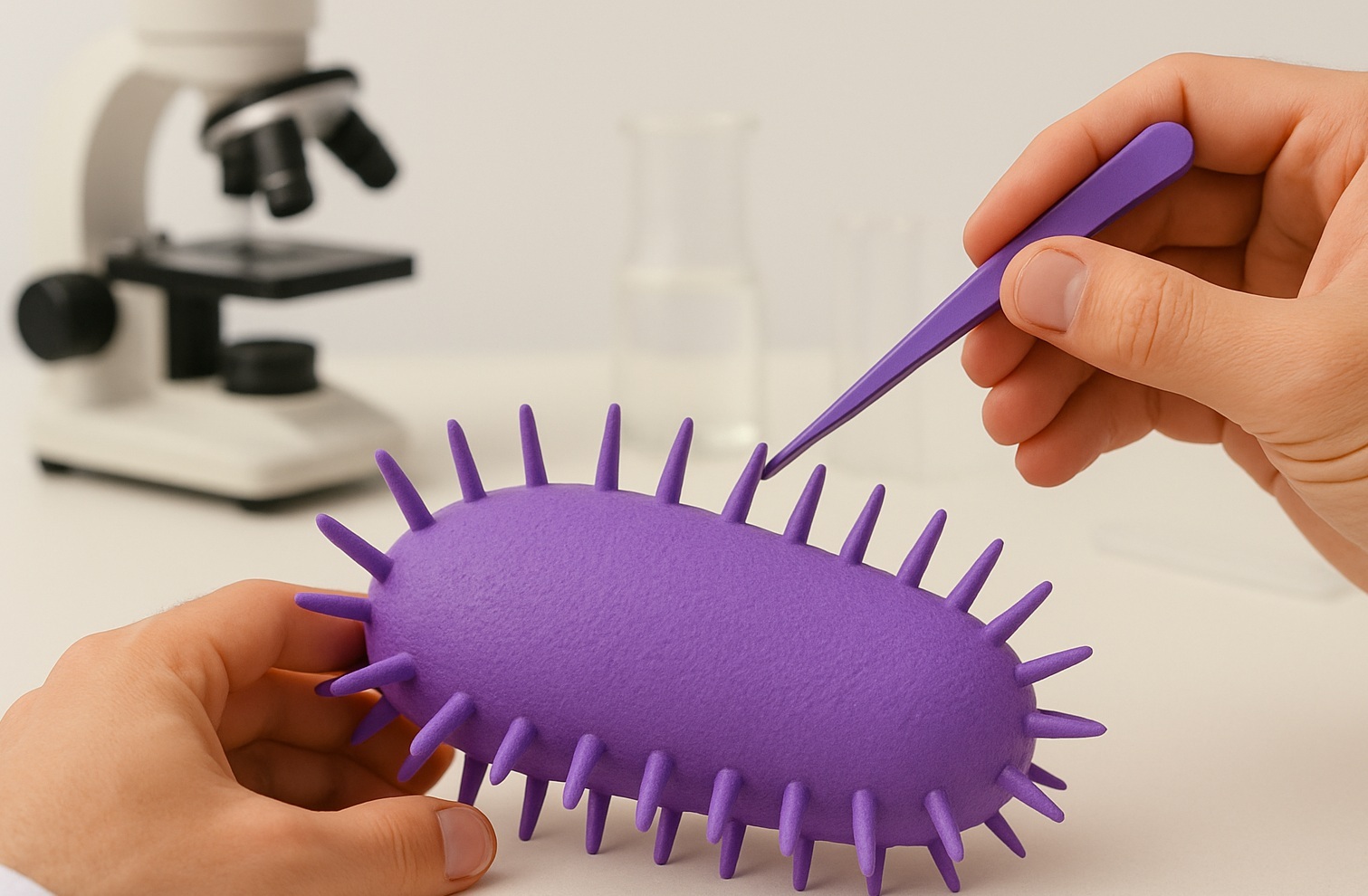- Home >
- Learning centre >
- Science blog >
- Are We Modeling Chronic Wounds the Right Way?
Are We Modeling Chronic Wounds the Right Way?
30th July 2025

Inaccurate chronic wound models make it harder to develop new antimicrobial treatments
If you’re working on developing treatments for chronic wounds — whether it’s an antimicrobial, a dressing, a compound, a material, or a new delivery system — here’s a question worth stepping back and asking:
Are we actually modeling chronic wounds the right way?
It’s easy to set up a test on an agar plate or build a “biofilm model” with high nutrient conditions and good oxygenation, with a massive amount of active cells and get great results in vitro. But let’s be honest — does that really reflect what’s happening in a chronic wound?
When you take a closer look at a chronic wound — a diabetic foot ulcer or a pressure ulcer — what you’re facing is an immensely complex system.
What are the challenges to set up an accurate chronic wound model?
- A bacterial infection embedded in biofilms, not a planktonic soup
- A constantly shifting immune response, unique to each patient
- Hypoxic, nutrient-specific microenvironments
- Cells and microbes in metabolic dormancy, not active growth
- A heterogeneous landscape where bacteria hide in micro-niches
That’s not something you can recreate with an overnight culture, agar plate or a rich medium.
And yet… that’s often what we call a model.
What are we really testing if we oversimplify our chronic wound models?
If we introduce a treatment in these oversimplified systems, are we genuinely evaluating its effect on the right bacterial population?
- Can we even properly access and analyze the bacteria in real biofilms?
- Are we removing cells from the biofilm, or are we just scratching the surface?
- Are the bacteria behaving at all like they would in a wound?
- Do we even know what kind of result we should be aiming for?
- Is a 3-log reduction meaningful if the bacteria in real wounds aren’t even growing?
- How do we define success?
These aren’t just technical questions — they’re roadblocks to developing therapies that actually work for patients.
How do we make sure that our chronic wound experiments are as accurate as possible?
This is a call to action.
We need wound models that reflect:
- The dormancy and persistence of wound biofilms
- The realistic metabolic and environmental conditions
- Models that don’t require us to remove the bacteria from the biofilm to count them on a plate
- Models that are complex and messy just like the wounds themselves
This is not an easy task — it may not be fully possible — but we can do better than where we are today. If we’re serious about bringing effective treatments to patients, we must build models that reflect the real challenge.
So let’s ask again:
Are we modeling wounds the right way? And if not — what do we need to change to get closer?
Learn more about our model in our wound model testing webinar replay.

STAY UP-TO-DATE
Subscribe to our newsletter and stay up to date with the latest news and updates